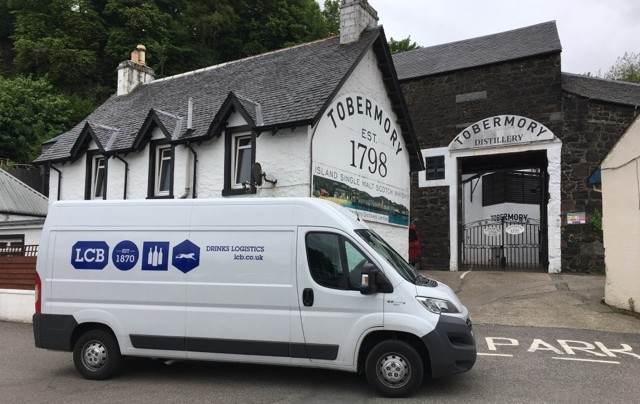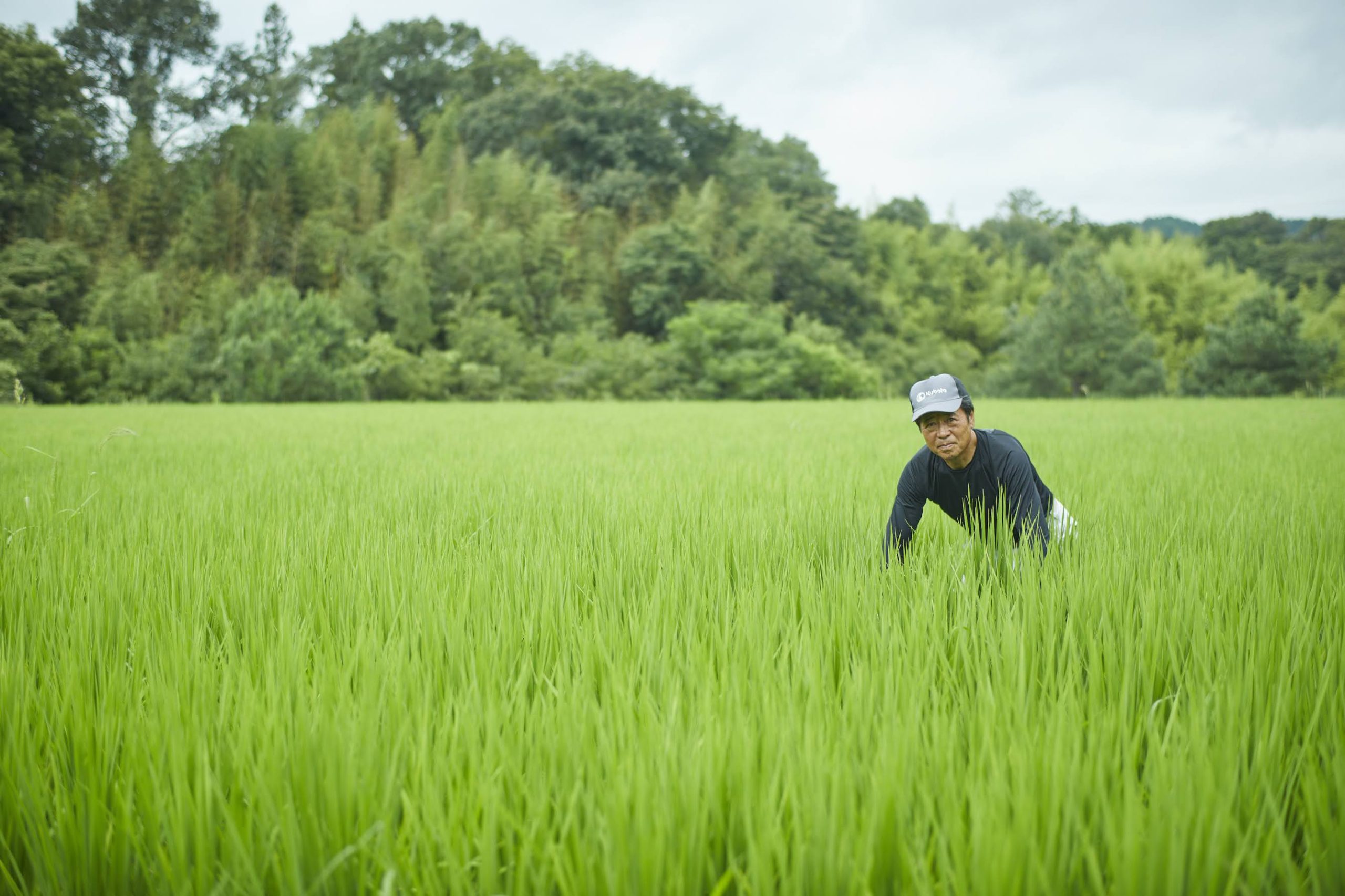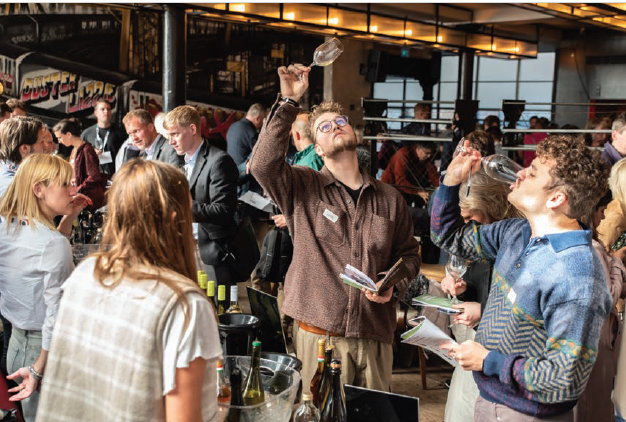Fires in California wine country: What we know so far
Despite hitting the region at the start of harvest, the large wildfires burning across California have so far had a “minimal” effect on the state’s wineries and vineyards, although smoke taint could cause problems further down the line. db presents a round-up of what we know so far.
Background and key data
Extreme heat and lightning storms, which began on the weekend of 15-16 August, have caused a series of destructive wildfires to break out across the state of California.
According to the latest data from Cal Fire, there have been nearly 14,000 lightning strikes since 15 August. These strikes have sparked over 700 new wildfires, which have now burned more than 1.32 million acres.
So far seven people have lost their lives and almost 1,700 structures have been destroyed in the flames. Over 15,000 firefighters are currently dealing with more than 24 major fires across the state.
Fires (size and location)
The fires began in remote areas of the north coast region, including parts of Napa, Sonoma, Alameda, Contra Costa, Santa Cruz and Monterey counties. Difficult terrain that was hard to access, combined with continued high temperatures, made fighting the flames particularly challenging.
However, firefighters in the state are beginning to gain the upper hand, as temperatures cool and humidity increases.
The LNU Complex, which includes the Hennessey and Walbridge fires, covers areas in Napa, Sonoma, Lake, Yolo, and Solano counties. The Hennessey fire never made it into Napa Valley proper, but is instead burning in the east of the Vaca mountains on the border of Napa and Solano. In Sonoma, the Walbridge fire is burning in the hills and forests west of Healdsburg and Dry Creek Valley. LNU is the third-largest wildfire in state history, covers an area of 360,868 acres and is 33% contained.
The SCU Complex, which is burning across parts of Santa Clara, Alameda, Contra Costa, San Joaquin, Stanislaus counties, is affecting the mountains south of Livermore Valley and east of Silicon Valley. It is the second-largest wildfire in state history, covering 367,371 acres, and is 30% contained.
The CZU Complex, affecting Santa Cruz and San Mateo counties, is affecting the coastal mountains north of Santa Cruz. It has burned 81,137 acres and is 21% contained.
The River and Carmel fires are burning in the county of Monterey. The River fire is in the mountains east of Salinas Valley on the eastern slopes of the Sierra de Salinas range. The Carmel fire is in the southern end of the valley of the same name. Winds are currently blowing the fires south, away from the wineries. The River fire has now burned 48,424 acres and is 58% contained, while the Carmel fire covers 6,695 and is 55% contained.
Impact on Californian wine
A recent statement from the California Wine Institute acknowledges that the situation remains fluid, but that to-date, the impact on the state’s wineries and vineyards has been “minimal”. It is aware of just two out of 4,200 wineries in California that have been extensively damaged by the fire, one in Vacaville in Solano County and one in the Santa Cruz Mountains.
There have been some reports of singed vines and damaged outbuildings at the Brown Estate, Somerston Estate and Nichelini Vineyards in Napa. Many more wineries have been evacuated for a set period of time to ensure safety and secure access for equipment and first responders.
The institute does acknowledge, however, that “potential impacts on vineyards have not yet been assessed”. It stressed that it was “far too early” to predict the impact of the fires on this year’s harvest, particularly in relation to smoke exposure.
The statement continued: “Multiple considerations determine the potential impacts of smoke exposure including proximity of smoke to the grapes (vs. smoke being in the upper atmosphere), freshness, density and duration of the smoke, wind direction and stage of development and variety of the grapes. Air quality in wine communities, which is usually late-stage smoke from remote fires, does not directly correlate to impacts on grapes.”
Partner Content
On average, harvest began 10 to 14 days earlier than the norm, with the size of the crop predicted to be smaller than usual.
Teresa Wall, senior director of marketing at Napa Valley Vintners, told the drinks business that few wineries “have been in direct threat of fire damage” in the county.
“Harvest has just begun and vineyard and winery crews have been able to safely move forward with harvesting white wine and early ripening reds. Napa Valley’s winemakers are optimistic about the vintage,” she added.
Karissa Kruse, president of Sonoma County Winegrowers, told db said that the fires have impacted just three out of Sonoma’s 18 AVAs.
“While there has been some ash and smoke exposure in those impacted areas, it is too early to know if and what will be the the extent of any smoke issues with the fruit,” she said. “As we are learning there are so many factors that play a role: vineyard proximity to the fire area, slope of the vineyard, wind direction and flow, exposure time, white versus red grapes, etc.”
While she acknowledged that there will be some grapes that will be left unpicked she is confident about this year’s harvest, describing it as “one of the best growing seasons in years”. However, the organisation remains concerned about the impact on farmworkers due to loss of work due to evacuation.
Kim Stemler, executive director of Monterey County Vintners & Growers Association, said the region was “still in crisis”.
“It’s too early to even see what damage or needs there are. We had 43,761 people evacuated from over 13,000 homes in the last few days. Many of them can return home, but some don’t have homes to return to any longer. The evacuation areas were areas that many from our industry live. I have not heard of any physical damage to any winery or vineyard yet, although again, we’re still learning,” she added.
How to help
Wine industry professionals Tia Butts, Katie Calhoun, Kimberly Charles, Rebecca Hopkins and Katherine Jarvis have banded together to launch a fundraising campaign, primarily focused on supporting members of the industry, including farmworkers, that have been caught up in the fires.
The fundraising campaign can be found here.
Sonoma County Winegrowers has reopened its Farmworker Resiliency Fund through the Sonoma County Grape-growers Foundation. In the past three years, it has raised over US$2 million and supported a quarter of the state’s farmworker population. You can donate here.
Other aid organisations include the American Red Cross, the World Central Kitchen, the California Fire Foundation, Napa Valley Community Foundation, Sonoma County Vintners Emergency Fund and the Monterey County Community Resilience Program.




